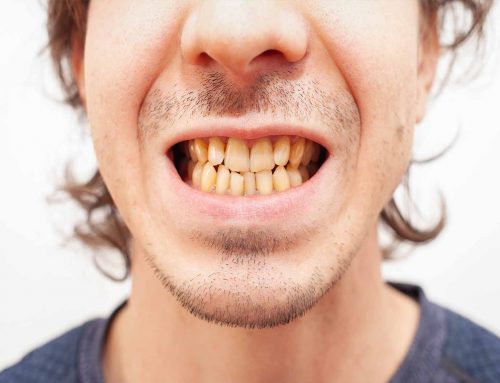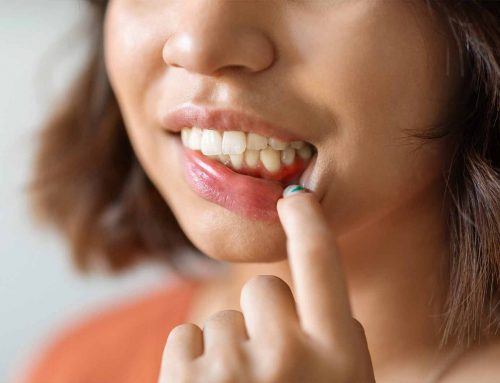How should the correct tooth brushing technique be?
The most effective way to protect our teeth is to brush regularly and carefully. The tooth brushing process should take an average of 2 minutes and each tooth should be brushed 8-10 times. When brushing teeth, the junction of teeth and gums should be brushed especially. The aim is to remove food residues and bacterial plaque on the tooth surface.
The first step in tooth brushing is to choose the right brush. The most suitable brush is nylon and medium hardness brushes. It is preferred that the head of the brush is not too big in terms of easy movement in the mouth and easy access to the back teeth. After the appropriate brush is selected, the teeth are brushed regularly at least twice a day.
Toothpaste and mouthwashes do not clean your teeth.
Toothpaste only facilitates tooth brushing because of the pleasant smell and sensation it gives to the mouth. Mouthwashes are also support products. They help oral hygiene. It is not recommended to use them continuously. If you do not brush properly, it is useless to expect any benefit from toothpaste or mouthwash.
The basic movement in tooth brushing is the same except for the posture of the brush: The brush is placed inclined to the gum line. The teeth are brushed with small circular movements without disturbing this situation. Afterwards, the brush is shifted by one brush length and brushing is continued.
Products such as tooth polishing powders should not be used unless recommended by a dentist. Excessive use is harmful for dental health.
Tooth Brushing Technique
- Hold the toothbrush at a 45-degree angle and start brushing from the gum towards the teeth. Brushing starting from the outer surfaces should not be done in hard strokes, but in a soft and circular manner, from the front teeth to the back teeth. The inner surfaces of the teeth are brushed in the same way.
- Then the chewing surfaces of the teeth are brushed by moving the brush back and forth so that the brush is flat.
Healthy gums do not bleed during brushing
If your gums bleed during tooth brushing, it means that the bleeding areas are not cleaned well. Do not stop brushing when your gums bleed. On the contrary, the bleeding place should be brushed more carefully and carefully.
The Most Common Mistakes When Brushing Teeth
- Brushing only the teeth, brushing without touching the gums
- Brushing only the front surfaces, not brushing the tongue and palate because of nausea,
- Cursory brushing, the person puts the brush in his/her mouth for 20-30 seconds to relax himself/herself and leaves it. Most of the time he/she is in a hurry to go to work.
- Applying the paste to cover the bristles of the toothbrush. It is enough to apply toothpaste half the size of a chickpea.
- It is wrong to expect excessive benefit from toothpaste and mouthwashes. The main thing is basic cleaning. Basic cleaning is only possible with a toothbrush and dental floss.
- Not brushing the upper and lower wisdom teeth
- Not changing the direction and shape of the brush according to the position of the tooth while cleaning crooked teeth.
- Brushing by applying excessive force causes gum recession in the long term and wedge-shaped abrasions on the teeth, especially on the corner teeth, and also damages the tooth enamel.
- Brushing teeth for too long is also harmful.
- Using tooth powder with the idea that it cleans better.



